Google Pixel 10 Pro XL review: putting "smart" in smartphone
The new Google Pixel 10 Pro XL is more than meets the eye!
We may earn a commission if you make a purchase from the links on this page.

Google's latest line of Pixel phones was met pretty warmly, and seems to be doing quite well. Atop the flagship throne sits the Pixel 10 Pro XL. With enhanced cameras, more AI in its sleeve, and the promise of bright future updates.
Plus, the Tensor G5 is finally a processor made specifically for the Google phones, instead of a hand-me-down from Samsung. And it's made on TSMC's 3nm process, which brings the Pixels up to the rest of the industry's top phones.
Google promises a 30% performance bump over last year's model. But what else? Let's explore the Pixel 10 Pro XL's performance, screen quality, and the excellence of its camera:
Google promises a 30% performance bump over last year's model. But what else? Let's explore the Pixel 10 Pro XL's performance, screen quality, and the excellence of its camera:
The Pixel 10 Pro XL got a respectable 7.5 overall score after it made it through all our tests. Its main drawbacks are the quality of the zoom camera (mid-level zoom, not the enhanced AI SuperRes Zoom, which is pretty good), the battery life for heavy tasks, as well as raw performance for heavy tasks. Otherwise, it pulls ahead with an awesome display, solid build, the Qi2.2 magnetic wireless charging, 7 years of on-time updates, and generally a good overall package.
Table of Contents:
Pixel 10 Pro XL Specs
Google's newest and best!
Let's start with an overview of the Pixel 10 XL specs, and how it compares to its predecessor:
| Pixel 10 Pro XL | Pixel 9 Pro XL |
|---|---|
| Size and Weight 162.8 x 76.6 x 8.5mm 232 g | Size and Weight 162.8 x 76.6 x 8.5mm 221 g |
| Display 6.8" OLED 120Hz 3,300 nits | Display 6.8" OLED 120Hz 3,000 nits |
| Processor Tensor G5 by TSMC 3nm | Processor Tensor G4 by Samsung 4nm |
| Software Android 16 | Software Android 15 / eligible for Android 16 |
| Cameras 50MP main 48MP ultra 48MP 5X zoom | Cameras 50MP main 48MP ultra 48MP 5X zoom |
| Battery Size 5,200 mAh | Battery Size 5,060 mAh |
| Charging Speeds 39W wired 25W Qi 2.2 wireless | Charging Speeds 37W wired 23W wireless with Pixel Stand |
| Prices - 16/256GB - $1,199 16/512GB - $1,319 16GB/1TB - $1,549 | Prices 16/128GB - $1,099 16/256GB - $1,199 16/512GB - $1,319 16GB/1TB - $1,549 |
If you've seen the Pixel 9 Pro XL, you've seen the Pixel 10 Pro XL — the camera bar, the polished metal frame and matte glass back, the size and thin bezels, it all feels instantly familiar. Yes, the Pixel 10 Pro XL is very slightly heavier, which is probably due to a slightly denser battery plus a magnetic ring inside that makes it fully compatible with Qi2 now (and the new Pixelsnap accessories).
Is this bad? Not really, the build looks and feels nice. Premium materials, solid feel in the hand, soft touch thanks to the slightly rounded corners, and no wobble when it's laid on a table, thanks to the full camera bar. The buttons are not wobbly, and are quite clicky, even if travel time is a bit shallow.
No extra controls on board — you've got a sleep/assistant button and volume rocker, nothing else.
Pixels typically come in at least one interesting color. This year, it has to be the duo-tone Jade for the Pixel 10 Pro XL, which mixes a gold frame with a green back. The other color options are Moonstone (gray), Porcelain (beige-ish off-white), and Obsidian (black).
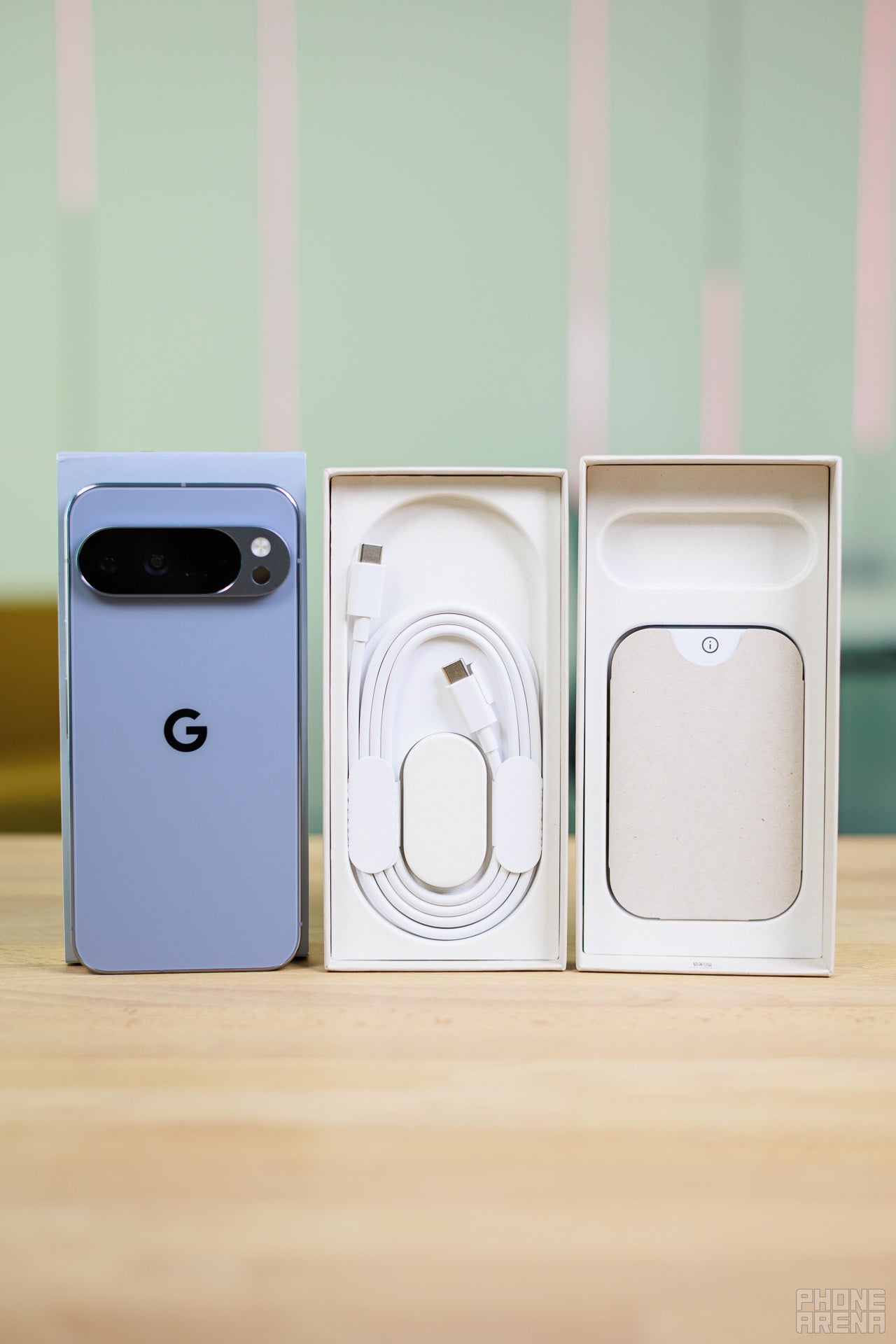
The Pixel 10 Pro XL comes with no case candy. You've got the phone in the box, plus a USB-C data cable, some booklets and the SIM ejector tool.
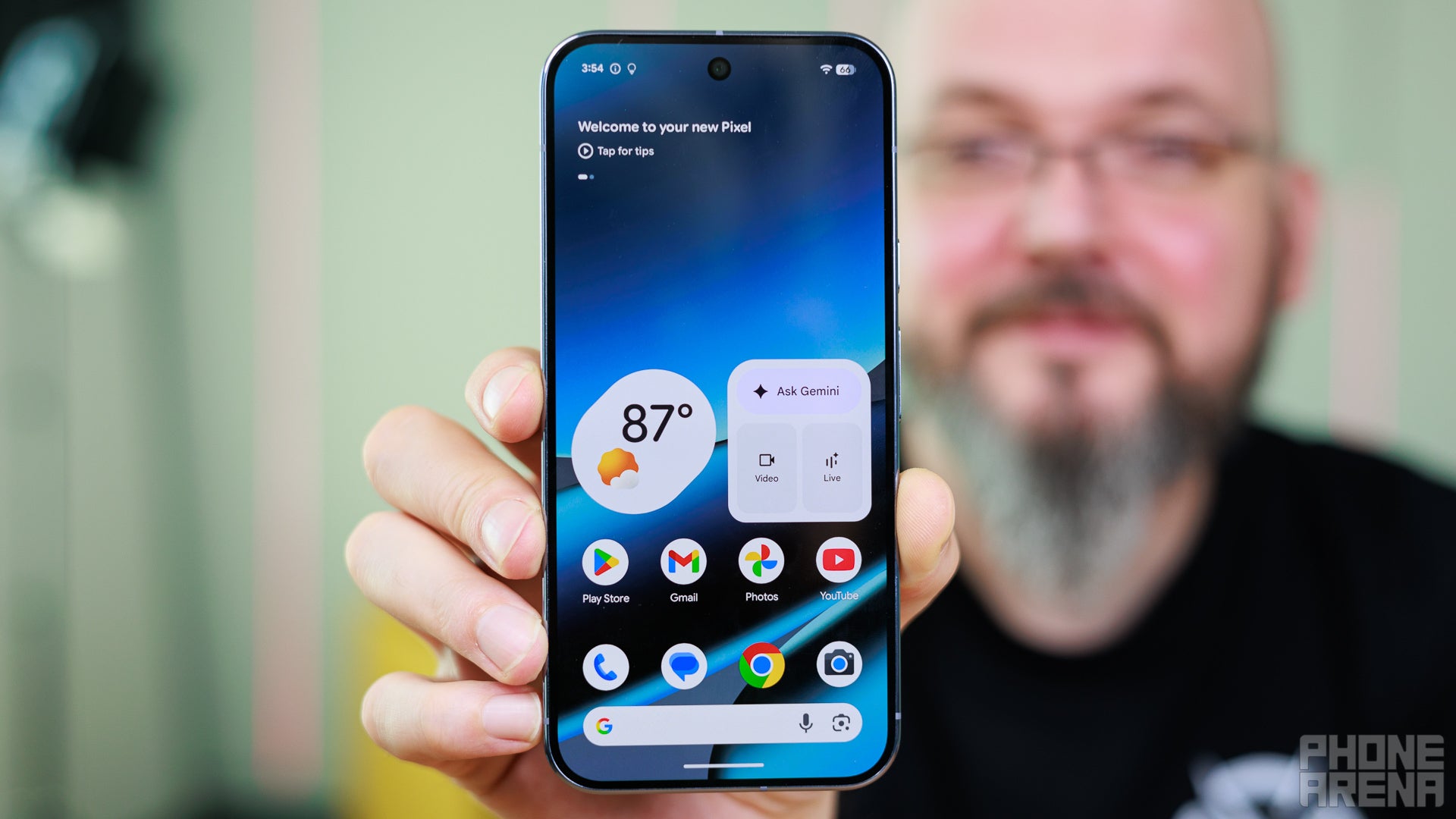
The display on front is the familiar 6.8-inch OLED panel. Google brands it as Super Actua display — a tech they use to keep colors and contrast consistent through all brightness levels, especially when max brightness is hit. Speaking of, peak brightness is up by 10% this year, now hitting 3,300 nits.
Of course, it's a modern LTPO panel with variable refresh rate, capable of going as low as 1 Hz and as high as 120 Hz. Its viewing angles are quite wide and it can get punchy and bright enough to view under direct sunlight.
Depending on how you measure it, the panel can show up to 10% of brightness increase over last year's model. We do also measure 20% APL, which means that 20% of the screen surface is used to blast at full brightness. This sort of simulates real-life scenarios, as looking at images and videos doesn't really utilize all pixels at all times. Full screen brightness is also measured, of course, and it's still an excellent 2,200 nits.
Google still has to improve the minimum brightness a bit — 1.8 nits is just above the threshold of being super-comfortable for bedside viewing. But the good news is that Pixels have the blue light filter and soft colors that are easy on the eyes before bedtime.
Speaking of colors, the display panel of our unit is quite accurate, only slightly dragging towards the teals. An inevitable deviation when using a pentile OLED matrix, but still very much in the realms of "almost perfect".
For biometrics, we have the familiar combo — an optical under-screen fingerprint scanner and face unlock with the selfie camera. Reminder here that Google's Android fork utilizes AI for extra security on the face unlock. Supposedly, it's so good that it can be used for financial and banking apps, all without extra infrared sensors for the selfie camera.
The Pixel 10 Pro XL camera got 151 points on our dedicated camera test — just shy of the Galaxy S25 Ultra's score of 157. What held it back?
Well, for one, a score of 6 points is not a lot, and is the result of minor deviations here. The main cameras basically trade blow for blow — the Pixel's camera is slightly more unpredictable with picking the right exposure, but on the other hand produces slightly better details. The main drag was the zoom camera — specifically when talking about shorter zoom, like 10x, the Pixel 10 Pro XL has lower detail and more traces of oversharpening when compared directly to the Galaxy S25 Ultra. The new AI-enhanced 100x SuperRes Zoom is quite spectacular, though!
Also, Google's Portrait Mode still isn't quite on par with the top competition, like Samsung and Apple.
On to the actual hardware — not much has changed with the cameras. We have the familiar 50 MP main camera, 48 MP ultra-wide, and 48 MP zoom camera with a 5x periscope lens. But Google did improve the brains behind it all. With new algorithms, and specifically a new Super Res Zoom.
Video Quality

Video also comes out exceptionally sharp and with realistic colors. It's also stable-ish... but if you need extra-smooth footage, you can engage Active Mode for some true magic. Unfortunately, you have to sacrifice 4K to do so. Also, as with the photo quality, zoomed-in videos also fall slightly behind the competition.
Google's Tensor chip was never about raw horsepower, and Google hasn't advertised it as such. It's about the extra NPU cores and image processing cores, which take care of the extra AI features and Google's amazing HDR algorithms.
That said, it's still a bit weird to have a flagship phone, which lags behind the competition in productivity benchmarks. All Tensors thus far have fallen behind the leading Snapdragons and Apple A chips in their respective generations.
Well, now we have the Google Tensor G5. Announced as the first-ever processor designed by Google (previously, Samsung was doing them that favor) and manufactured by TSMC on their 3nm process. Now 30% faster than last year's Tensor. What does that mean when compared to this year's competition, though?
CPU Performance Benchmarks:
CPU benchmarks confirm a 15-30% boost over last year's model, depending on whether you are looking at single- or multi-core performance. However, it's still not enough to touch the modern competitors — needs another 30% boost.
To be fair, we have no complaints about the performance of Pixel phones — they are very well optimized and feel super-fast and responsive. However, they don't score any bragging rights when running raw benchmarks.
GPU Performance
Google did talk up the new GPU inside the Tensor G5, and we see a good 25-30% increase here as well. Something to note — yes, the "Highest score" of the Pixel 10 Pro XL is well below the competition. But these scores are not sustainable — most phones always throttle down within one cycle of 3DMark Extreme Stress test. So, looking at the "Lowest" scores — the Tensor G5 is not that far off the competition here. Or is that copium?
Pixel 10 Pro XL Software
The Pixel 10 Pro XL ships with Android 16 out the gates. New features include Live Translation within voice calls — the demo showed it to be much more adequate than Samsung's version of it. But, of course, demos are demos — we'll check it out in real life. There's also the new Camera Coach, which will help you set up a scene and frame it right (plus, teach you about why it's the "right" approach).
The big selling point for the new Pixels is Magic Cue — the phone is constantly aware about what's on your screen, specifically when viewing emails and texts. If someone asks you something and the relative information is within your emails, past messages, calendar, or pictures gallery — Magic Cue AI will find it and suggest an accurate one-tap reply. Google says this is all done on-device, as security is of course a concern here, and it's probably why it'll be exclusive to Pixel 10 phones and above. The new Tensor G5's power, supposedly, makes it possible.
There's also the new ability to AI-edit photos with just a voice prompt. Like, ask Photos to "remove the glare and make the sky blue" and it should do so. It is yet unknown if this is a Pixel 10-exclusive feature of it will travel back to older flagships.
We now get Pixel Journal, like the Journal that Apple added to iOS — a book where you can write down experiences, ideas, moods, and day-to-day shenanigans. Of course, the Pixel will use AI to sort and sift through them easier.
Gemini Live is now able to use your camera. So, it's a conversational assistant that is now also able to be fed further visual context for your queries.
These are generally Android 16 features, which may or may not also become available on Pixel 9 and Pixel 8 generation phones. So, if you are on an older device — just hang tight and follow the conversations around the updates.
Pixel 10 Pro XL Battery
MagSafe Pixelsnap is here!
The Pixel 10 Pro XL did not grow in size, yet it managed to upgrade the battery capacity, even if it's a slight improvement. Now, at 5,200 mAh, it's a pretty respectable cell. Now, the question is, how does it perform in our variety of battery tests?
PhoneArena Battery Test Results:
The Tensor G5 inside the new Pixels certainly wants its juice! While light tasks like browsing, or medium-load tasks like streaming do show a slight improvement in battery life, when you go full-out gaming on it, that battery goes down! So, there's room for improvement, but if you are not an MLG pro gamer that's always clawing their phone to hit the top place in every FPS, you should be fine here.
There are two big upgrades when it comes to charging, however. Via USB-C, the Pixel 10 Pro XL can now be charged with a 45 W power brick. It now has magnets inside to fully support the Qi2 standard, which dictates that a phone should be able to stick to and perfectly align with the coil of a Qi2 charging puck.
But Google did us one better — the Pixel 10 Pro XL (and only the Pro XL) supports Qi2.2, which ups charging power to 25W. It is also releasing an ecosystem of Pixelsnap accessories — stands, chargers, pop-rings, and cases. We would absolutely not be surprised to see magnetic wallets and power banks made for Pixels to be released by accessory makers soon.
Pixel 10 Pro XL Audio Quality and Haptics
Google has had great speakers in its Pixel flagships for some years now. Sometimes things shift, and end up sounding not as great as previous model. This time around, the Pixel 10 Pro XL sounds slightly middier and with less depth in the lows than before, but not by a huge amount. In general, they are loud, wide, and detailed speakers. You can even use the Pixel 10 Pro XL as a makeshift Bluetooth speaker if you've nothing to listen to music with at the moment. Needless to say, it translates great for YouTube binging or gaming, too!
As for haptics — not much to say. Google's clicks and clacks have been excellent and precise for years now, and nothing has changed with the Pixel 10 Pro XL.
OK, so what are the big upgrades here? A notably more powerful processor, and a truly impressive 100x zoom. A couple of exclusive AI features, too.
At the end of the day, the Pixel 10 Pro XL is not that much different than the Pixel 9 Pro XL. And, if the latter gets the most features of Android 16 — you may be able to get away with purchasing (or keeping) the older model!
That said, the Jade Pixel 10 Pro XL looks lovely... The Pixel 10 Pro XL is definitely a solid phone. And while the Tensor G5 still hasn't caught up with the likes of Apple's A-series chips, or Qualcomm's excellent Snapdragons, there's definitely a noticeable improvement here. If you simply want the best and most advanced from Google — that'll be the Pixel 10 Pro XL for you.
Follow us on Google News


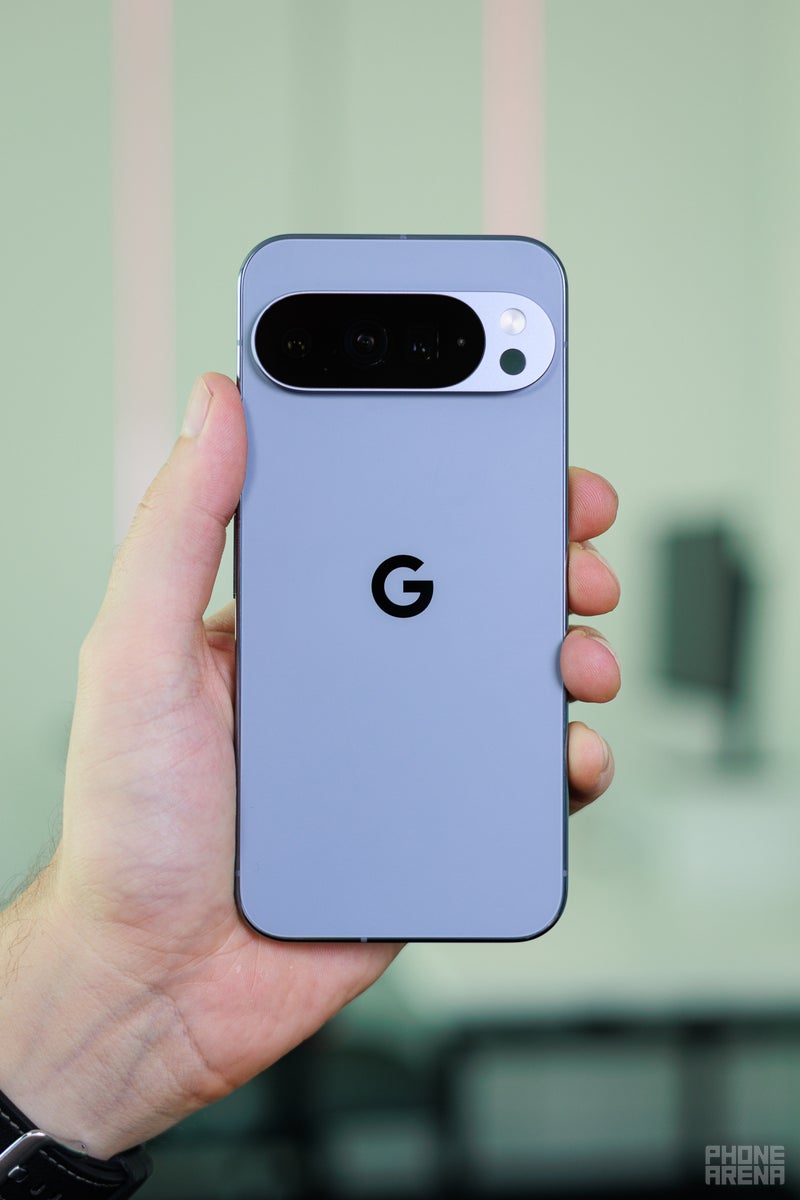

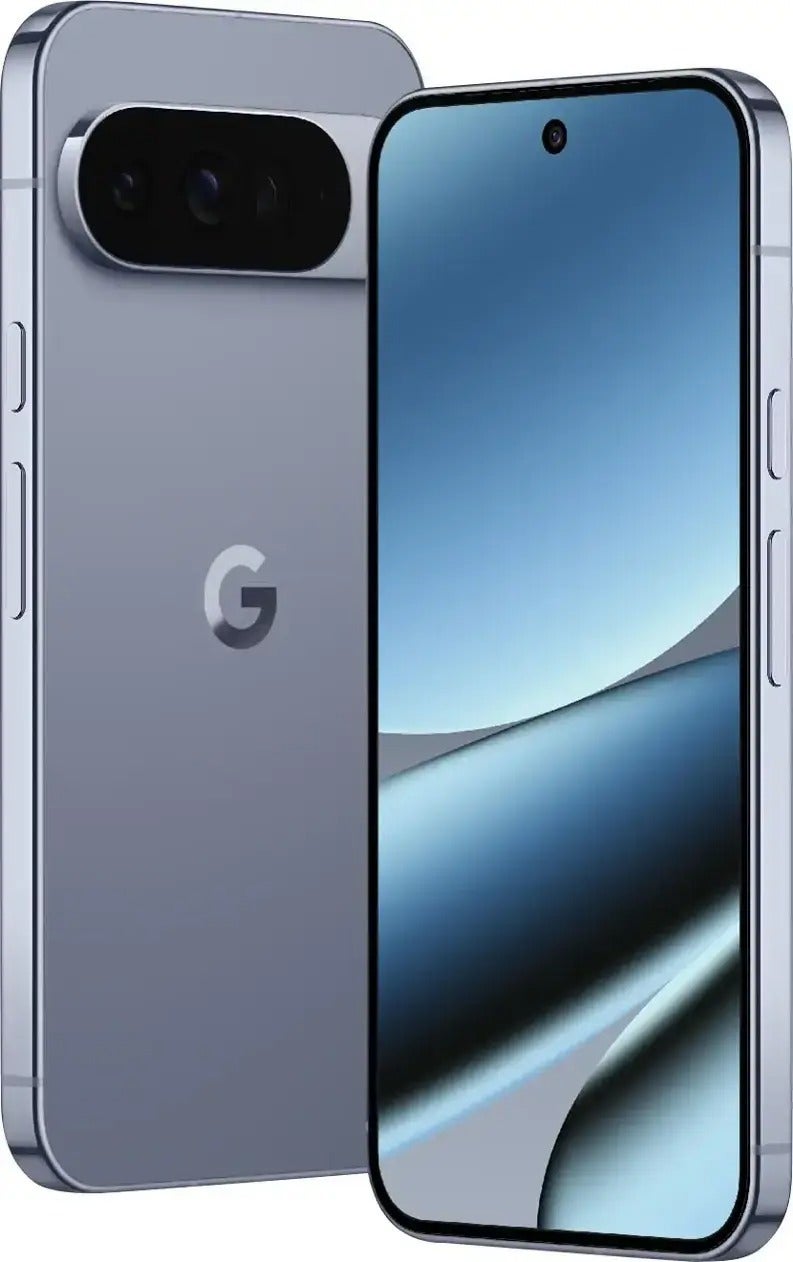
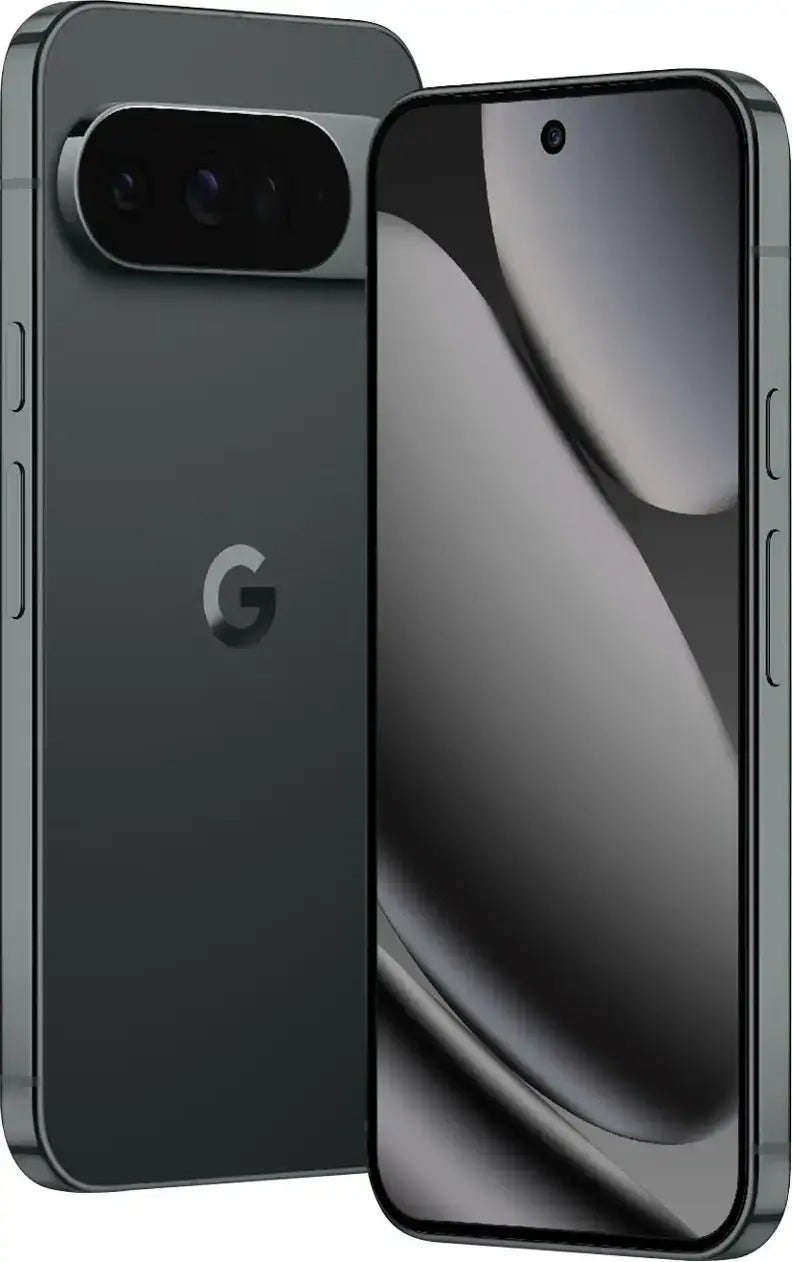
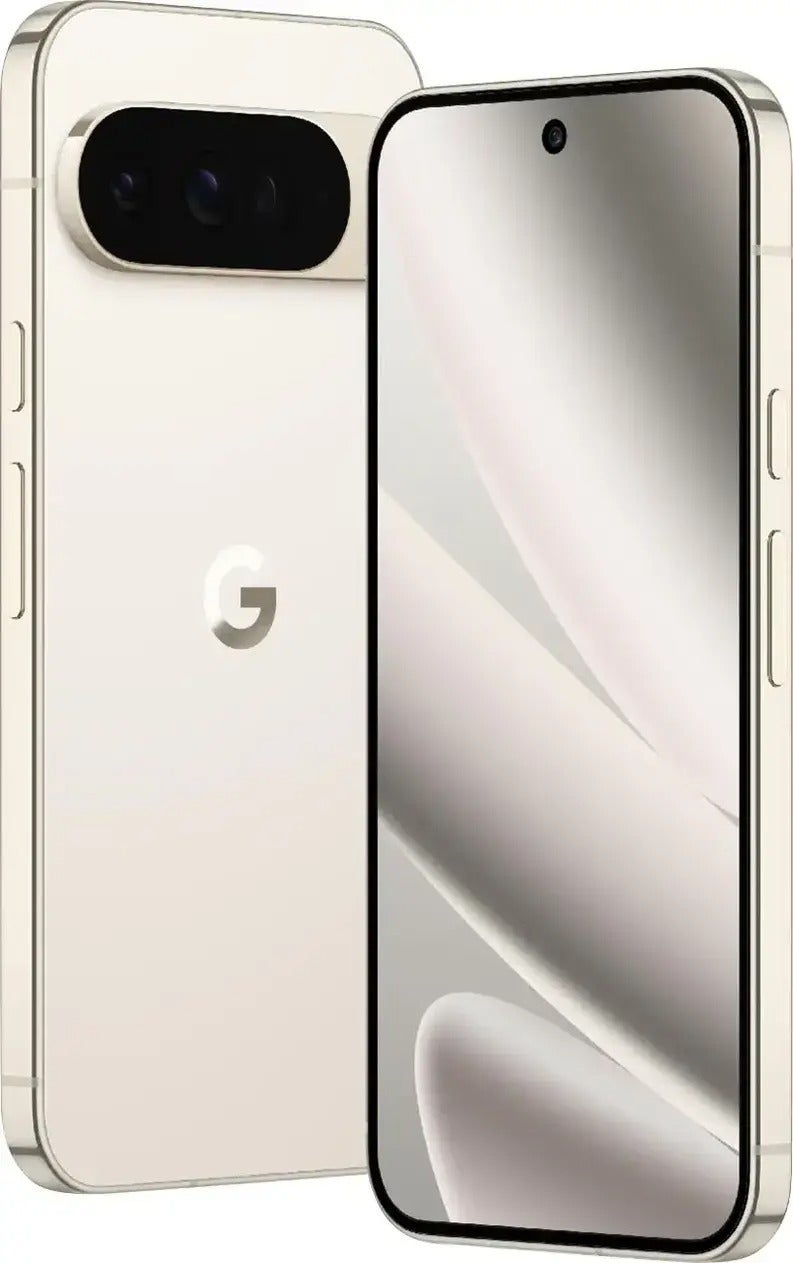
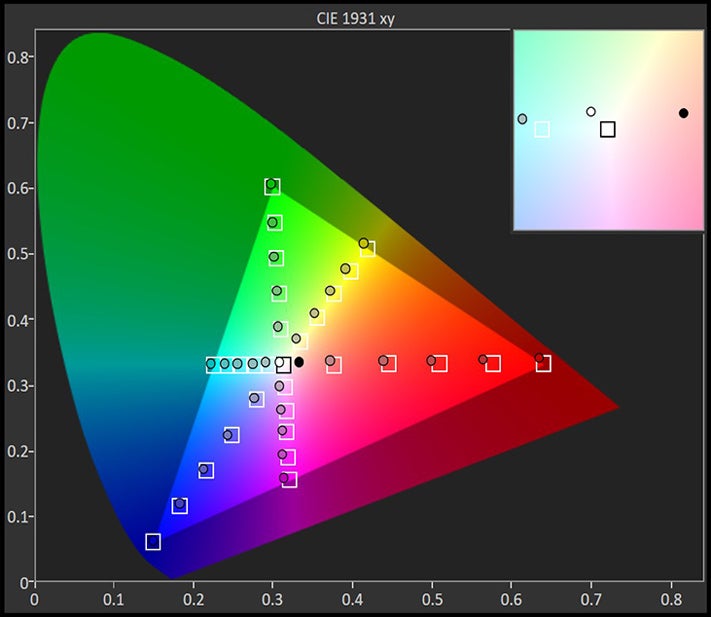












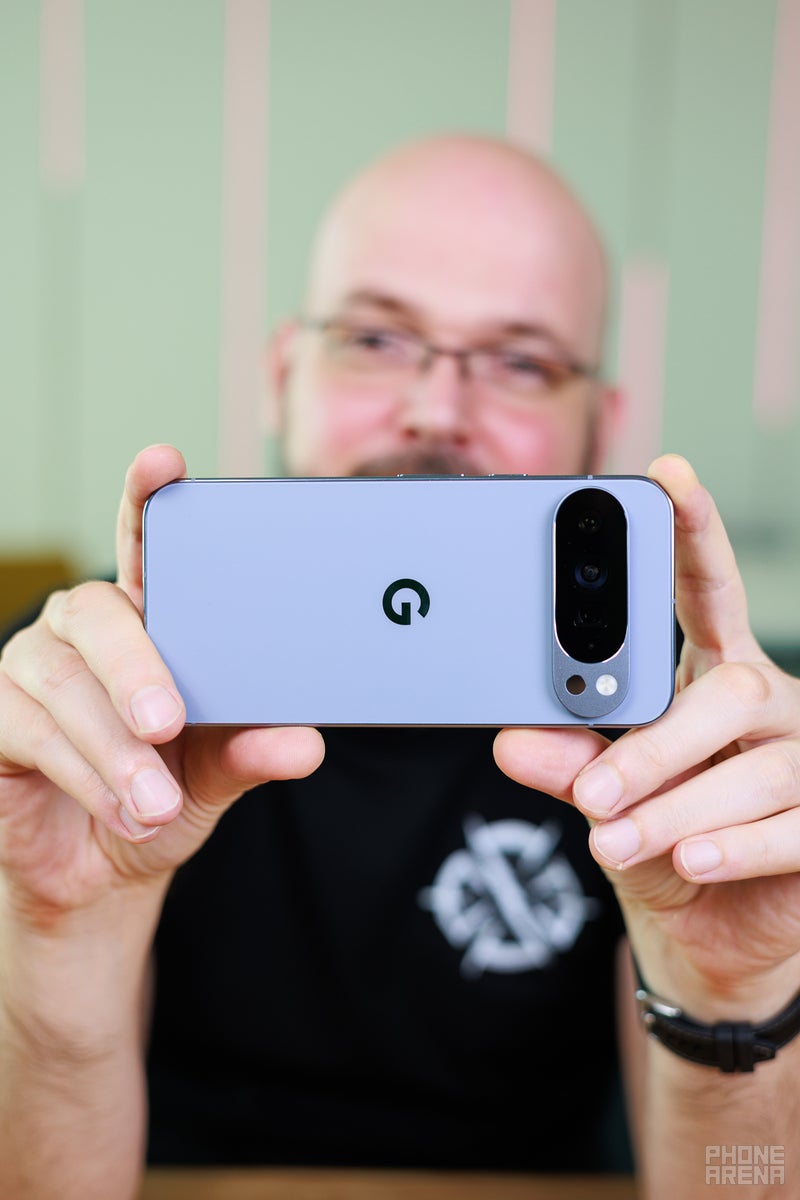
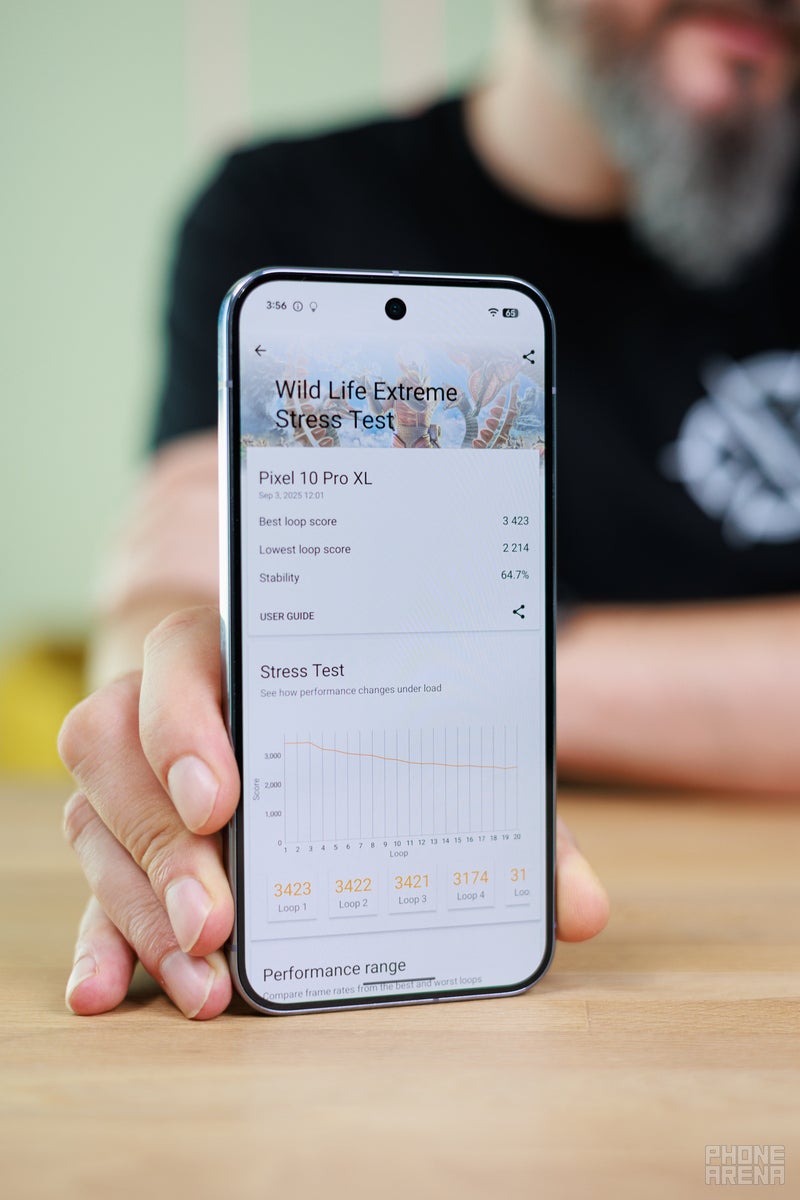
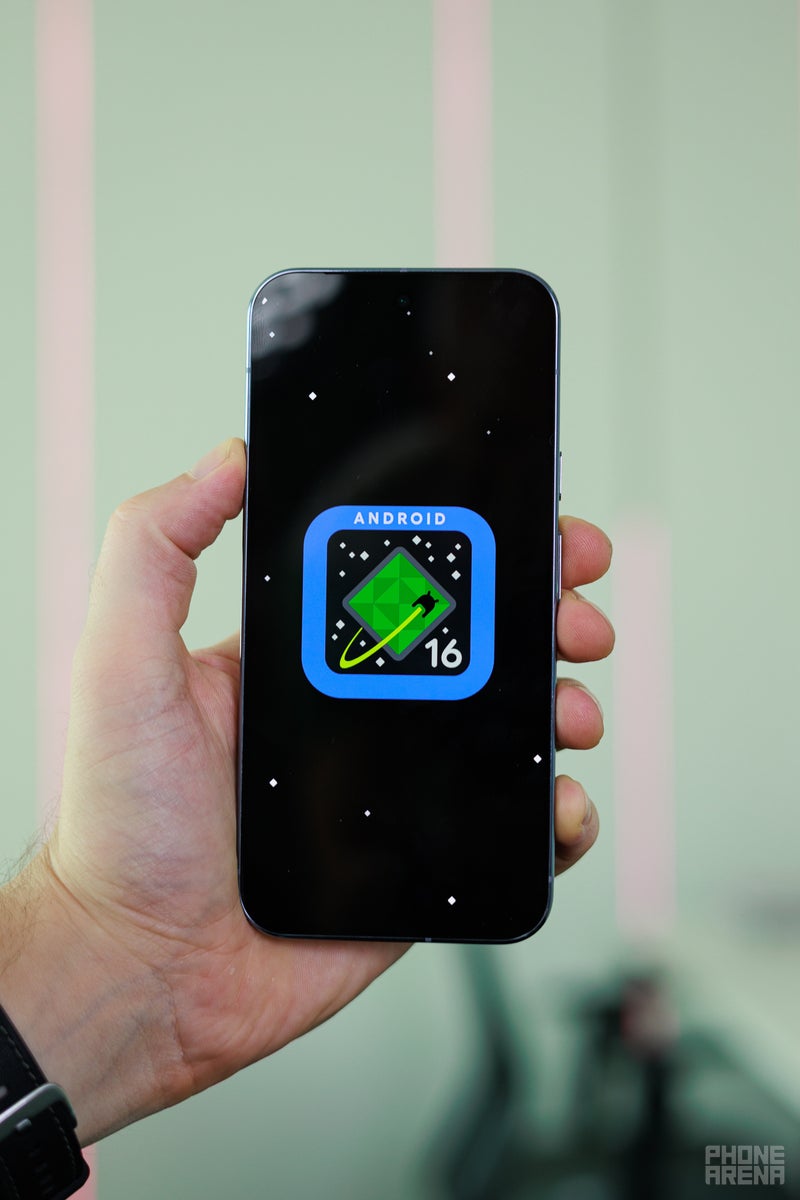




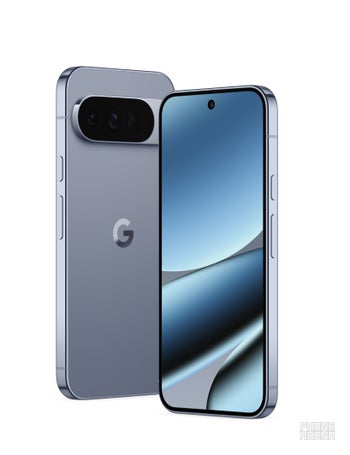
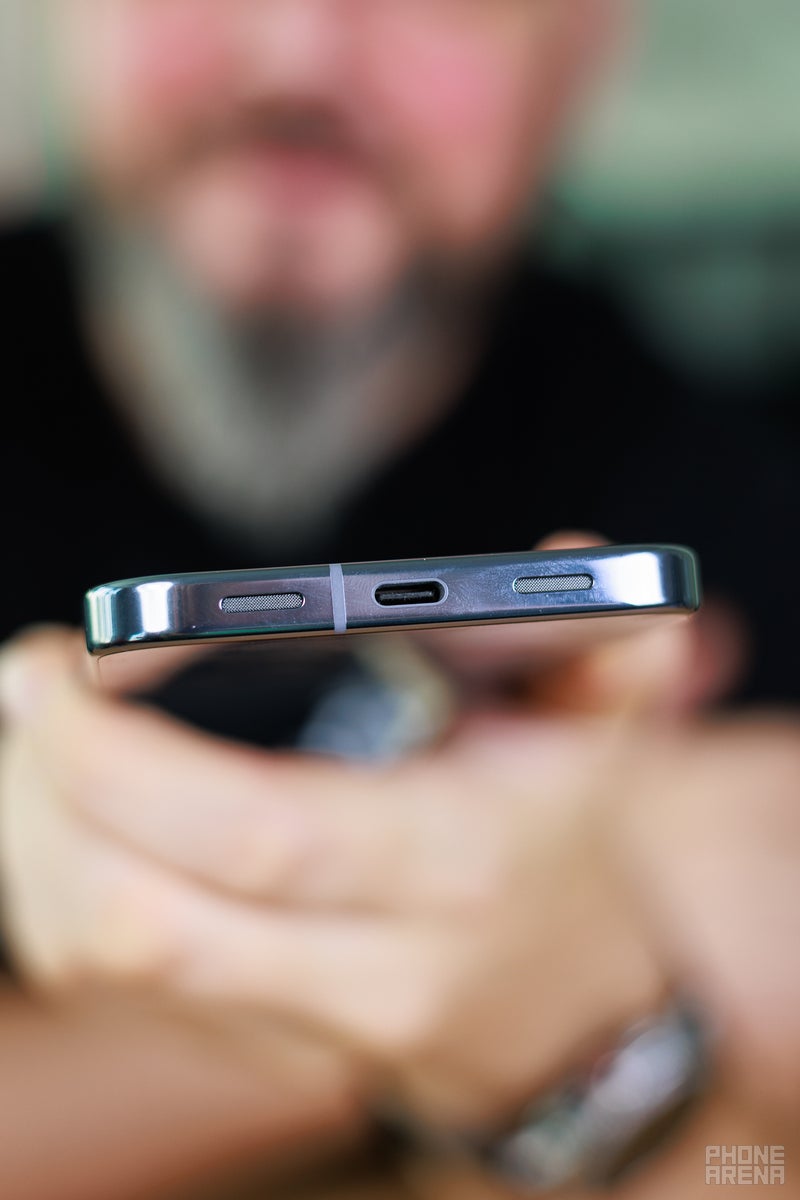
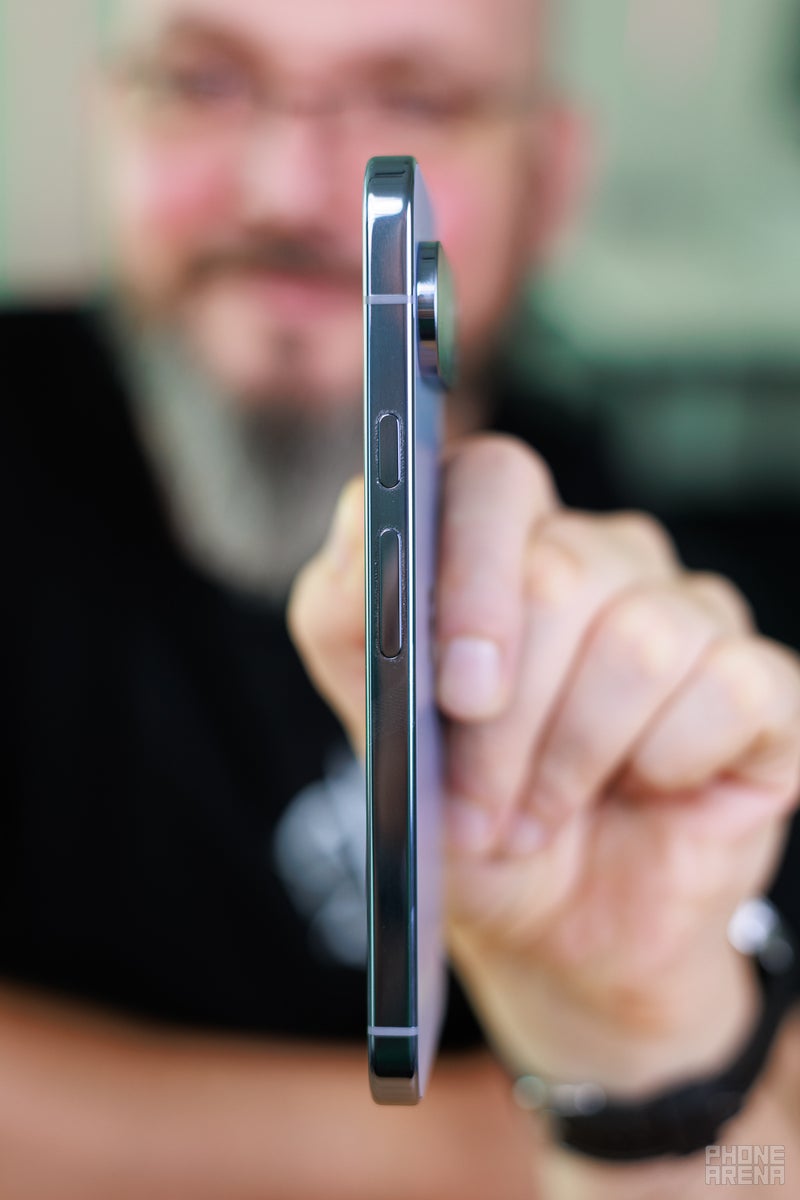
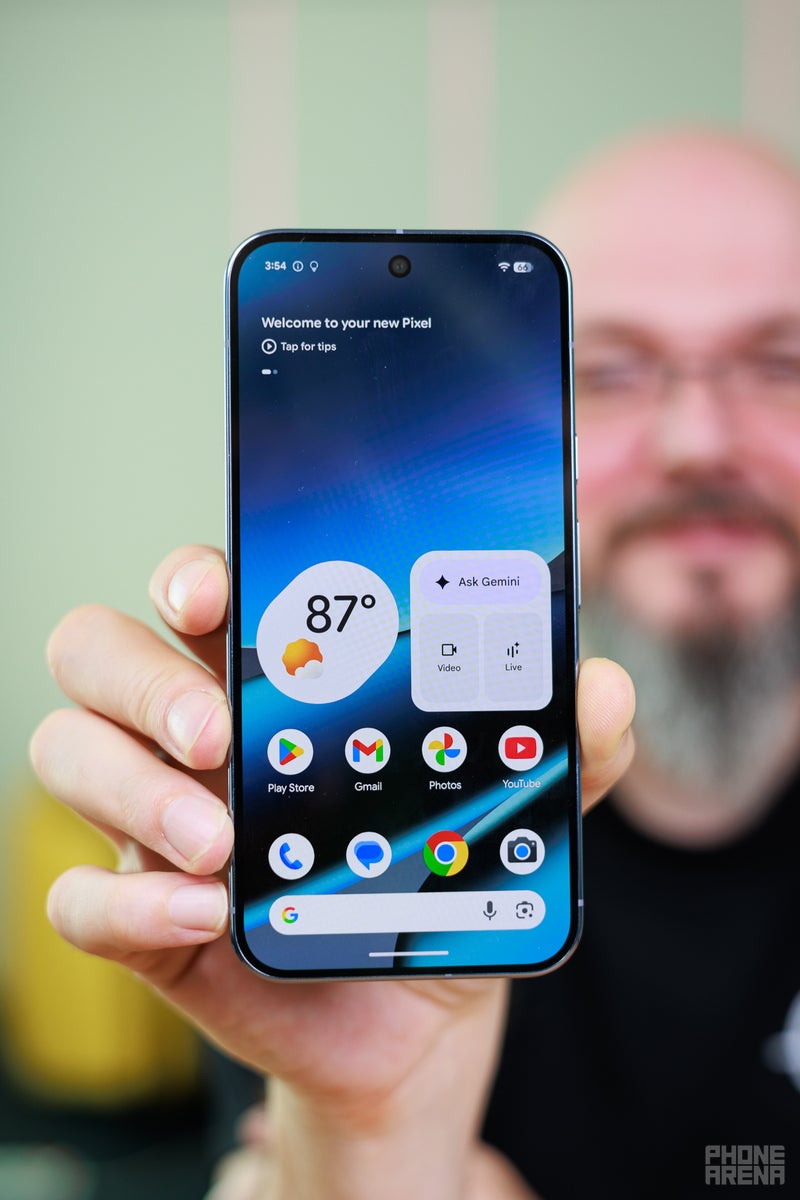
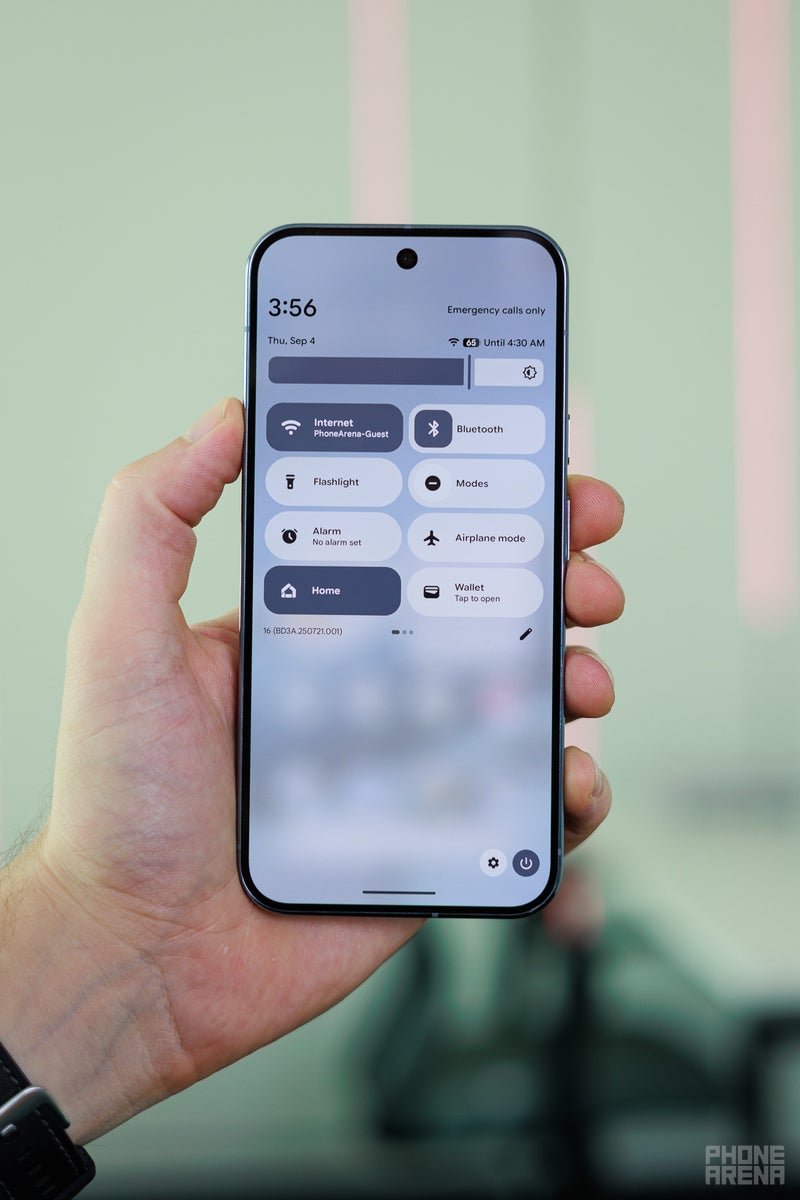








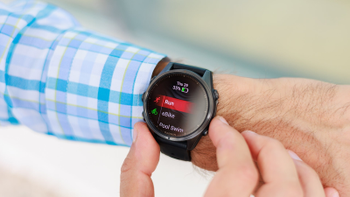
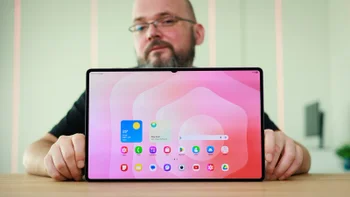

Things that are NOT allowed:
To help keep our community safe and free from spam, we apply temporary limits to newly created accounts: